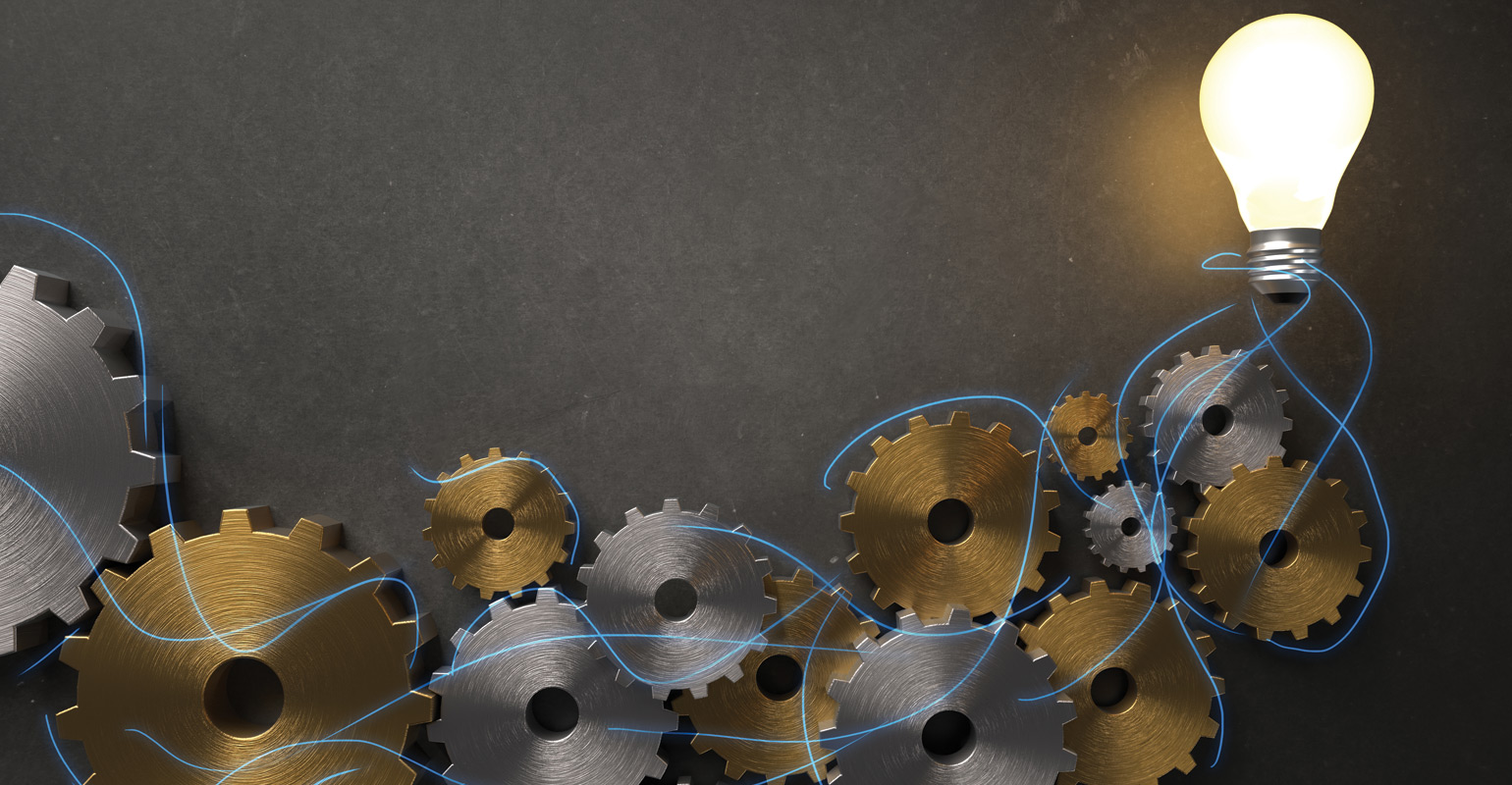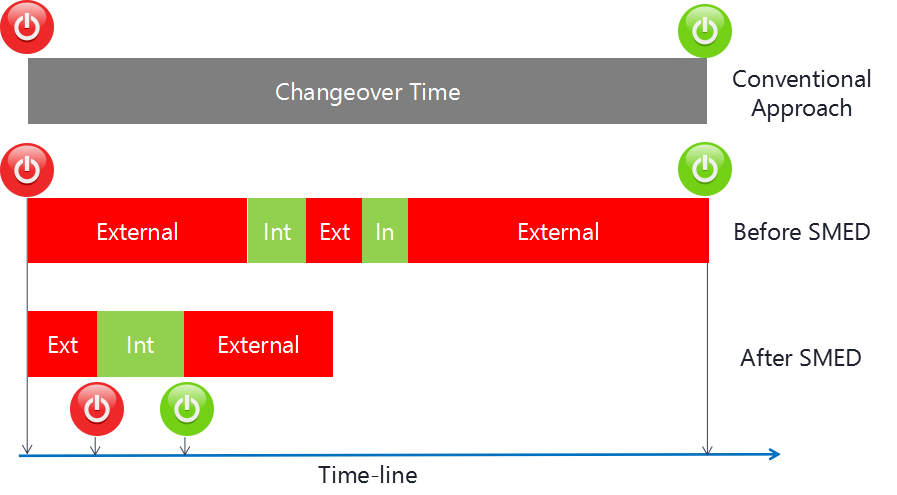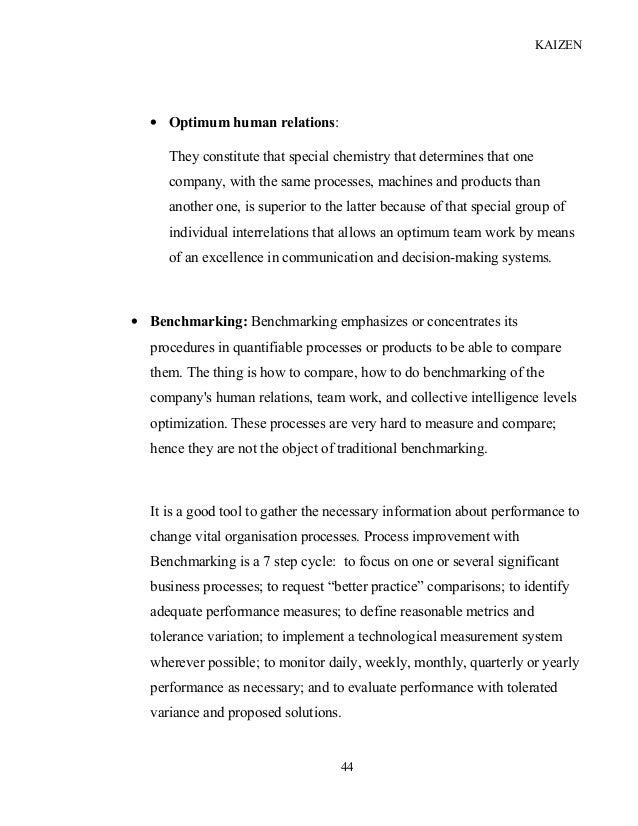


An advanced casting capability with a number of metals such as steels and brass being included in the process. Sophisticated die construction processes. Increasing the die casting capacity, thus higher production/short production runs. The technological advancements focus on the following key aspects: This include a number of metallurgical control measures that have improved the manufacturing and processing criteria. Since then, there are a number of technological advancements that have been witnessed in the industry. This was before the technique was used for other metals such as aluminum and zinc in the 1920s. This was after the invention of a manually operated machine that was used for the casting printing type.Ģ0 years later, the technology was mainly used for tin and lead. It was during this time that a patent was awarded to Sturges in 1894. 
The history of this manufacturing technique could be traced back to the 1880s. To understand the evolution of die casting, it will of great value if we explore its origin.

Take for instance, the faucet parts, door knobs, decorative parts, etc. It is also preferred for mass production of components as opposed to other manufacturing processes. It is one of those manufacturing processes with the ability to produce high detailed and accurate parts. Metal die casting process is used to produce various shapes from a number of non-ferrous metals such as brass, zinc, aluminum, magnesium and copper among other metals.
Molds in die casting are not as thick as those used in the sand casting or investment casting processes. Metal flow is faster in die casting due to existence of external force. Metal die casting process has a short cycle time. This further reveal more properties of die casting in relation to other metal casting processes. The Cambridge Dictionary defines gravity as a natural force that attracts objects towards one another, more so that force, which makes things fall on the ground. It is a key factor that distinguishes this metal fabrication process from the other metal casting procedures listed above.įor instance, if we look at a process such as lost wax casting, investment casting or sand casting procedures, the underlying factor in this case is the fact that, the process depends on gravity to fill the mold. The underlying factor here is exerting high pressure through a die. The defines die casting as a manufacturing process that produces metal parts of virtually all designs by forcing molten metal under high pressure into a die cavity. What Makes Die Casting a Distinct and More Importantly Intriguing?Īll the other processes I have listed above are collectively referred to as “foundry processes” except die casting. It will depend on the design of mold or end product.Īpart from these, it is also crucial to highlight the major metal casting processes that have been used in this industry. Example of kaizen in foundry series#
The process may be a single step of a series steps depending on the complexity of the metal substance.Īnd final product can have virtually any size depending on what designer desires.Ĭast parts may range from fraction of inches to over 35 feet. It is this mold that contain the desired shape and size. Moreover, different chemical substances may be added to modify chemical composition of metals. The melting and heating process may require different furnace heating temperatures. What products are often made of die casting in our lifeĪccording to The Engineer’s Handbook, this is a manufacturing process where solid metals are melted and heated to a desired temperature after which, it is poured into a cavity or mold with proper shape.Basic understand of the meaning for die casting.It covers a comprehensive definition about die casting,and with 4 great video to explain the main aspects.īy the end of this chapter, you will be able to understand the following key factors: This section is designed to introduce the reader to the basic concepts of die casting.








 0 kommentar(er)
0 kommentar(er)
